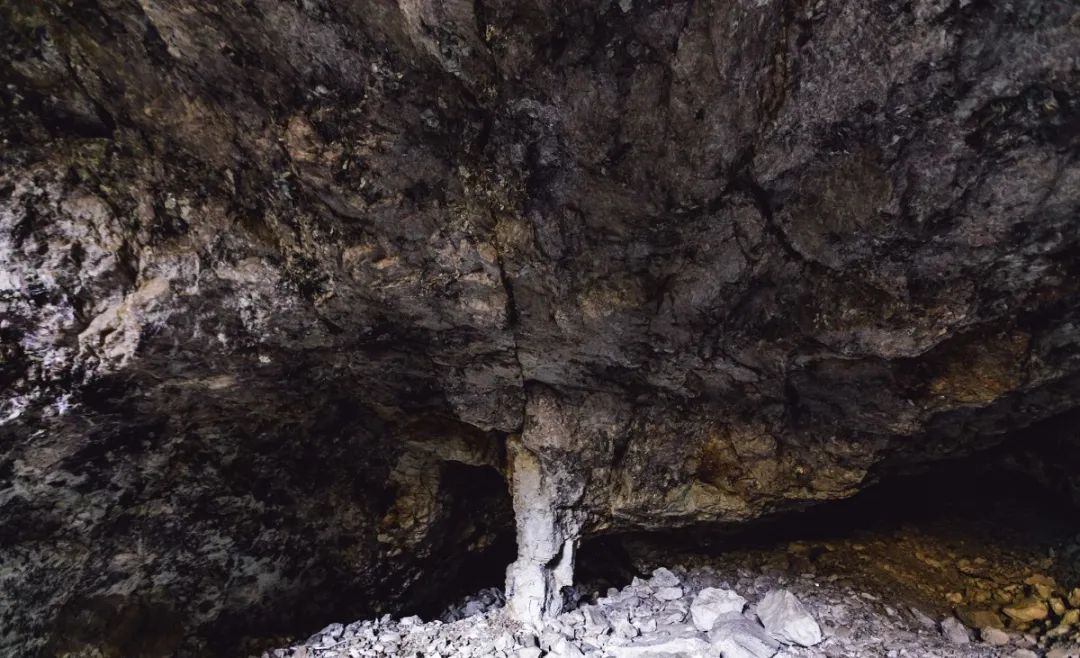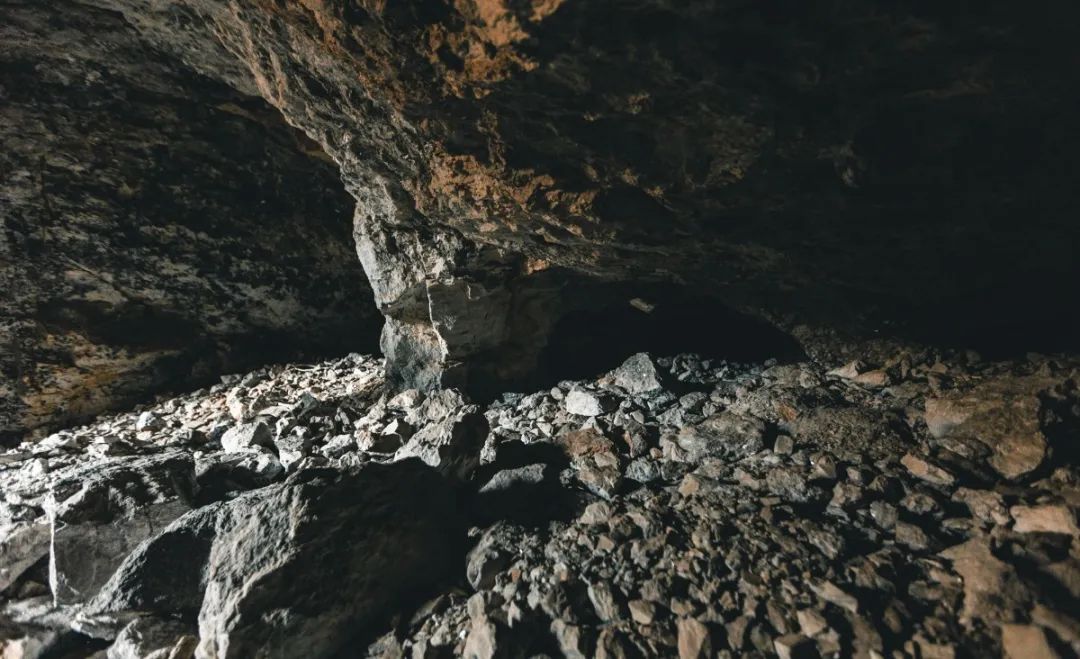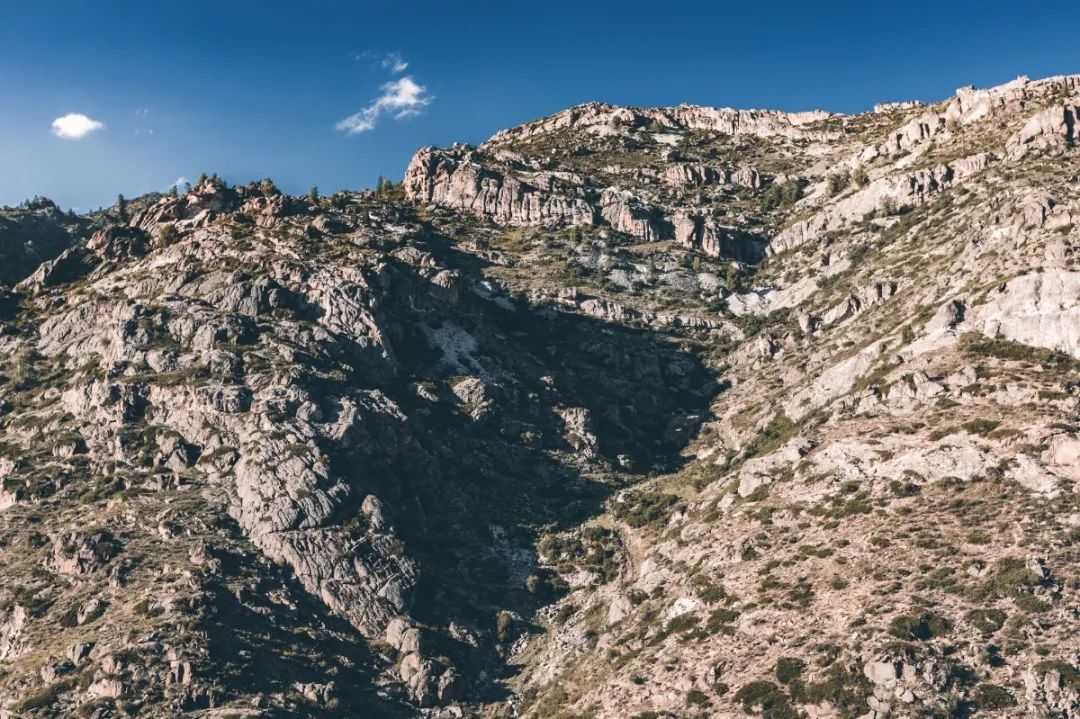Since the founding of the People's Republic of China 70 years ago, Keketuohai has become more and more beautiful, from "Hero Mine" and "Meritorious Mine" Patriotic Educational Base and "UNESCO Global Geopark", and from not having a name on the map to being noticed by the whole world.

In 1964, China's first self-developed atomic bomb was finally launched successfully, behind the national rejoicing, people do not know is that there is a mysterious pit code-named "111 mine(No.3 Mine)" had to pay for this arduous efforts and a huge price, such as lithium, beryllium, tantalum, niobium, cesium and other rare metals used are also mainly from here, which is located in the Xinjiang Keketuohai No. 3 Mine.
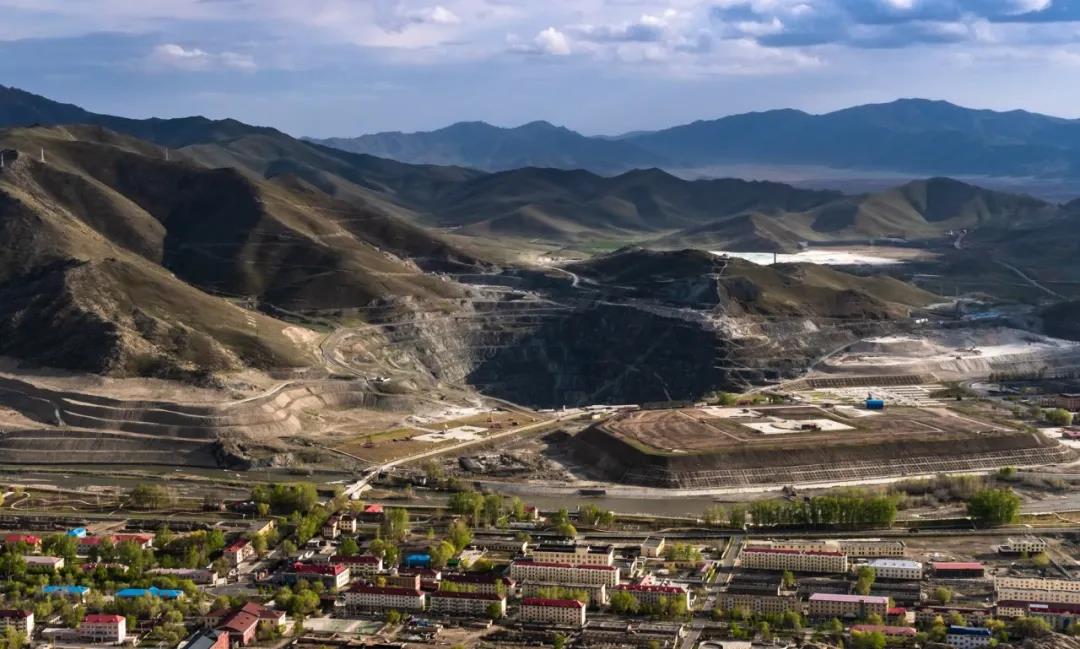
70 years of wind and rain road, this China's first non-ferrous metal industry town has achieved the green transformation of mines, witnessed the development of China's industrial changes. These are inseparable from the rare mineral resources, today, for you to talk about what exactly is mineral resources.
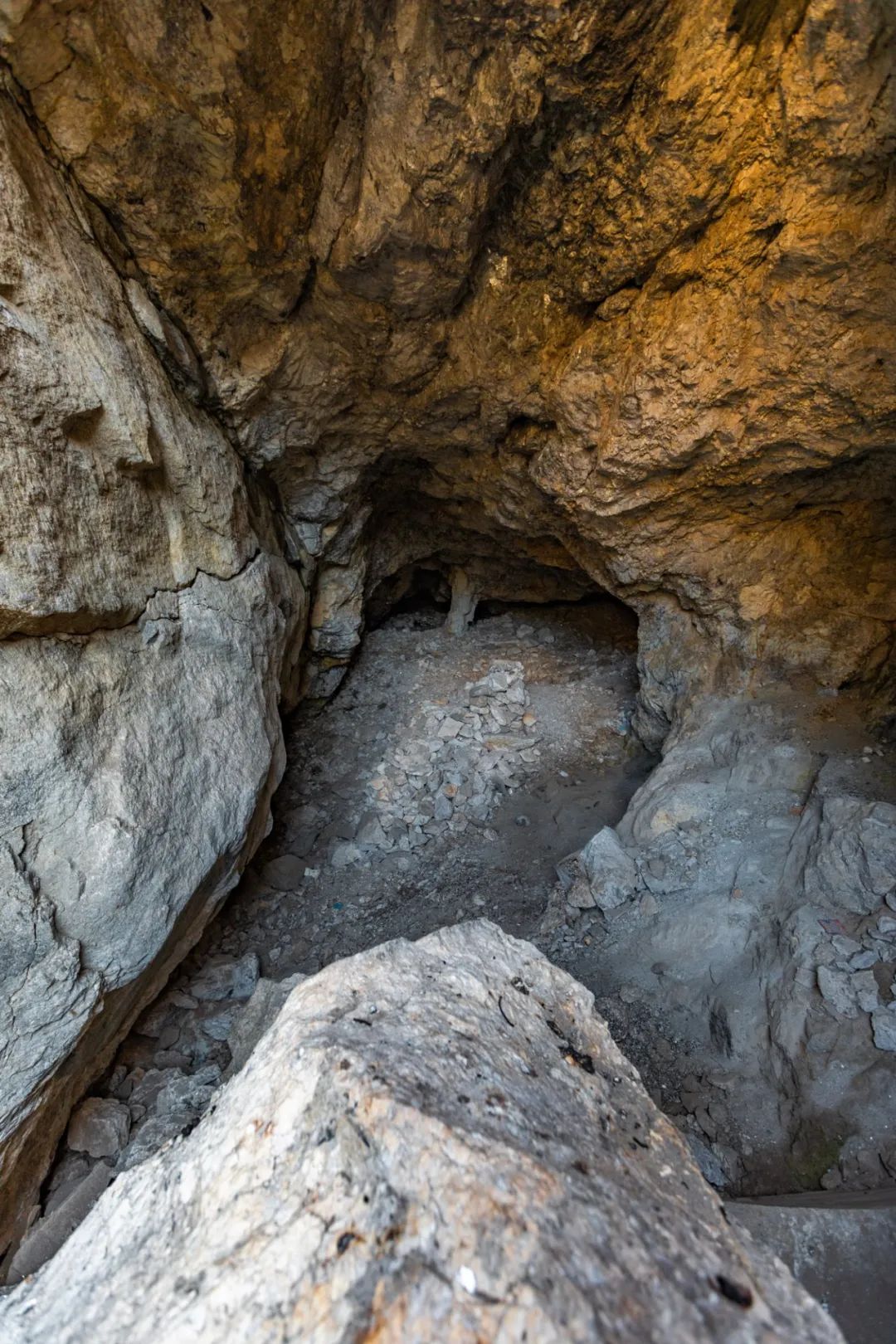
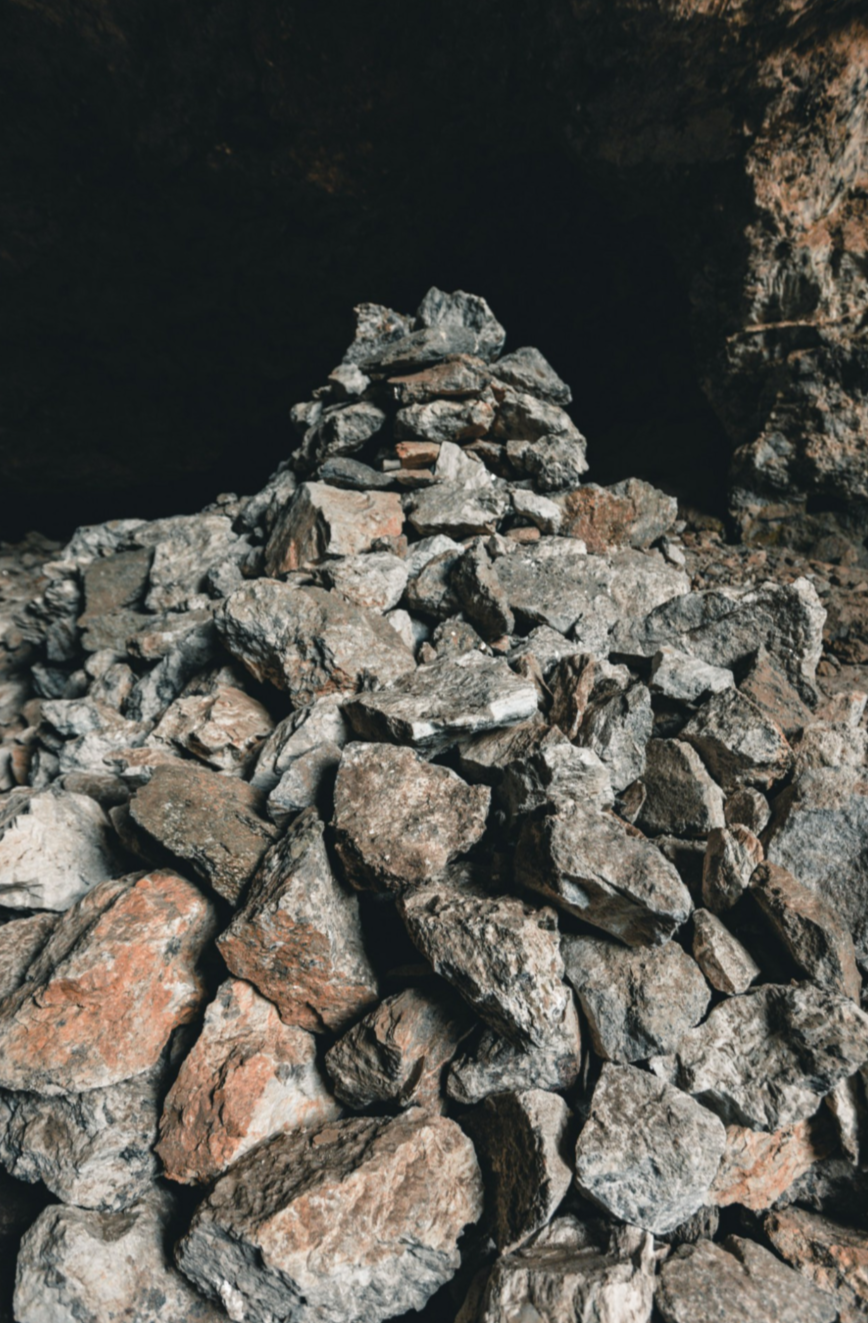
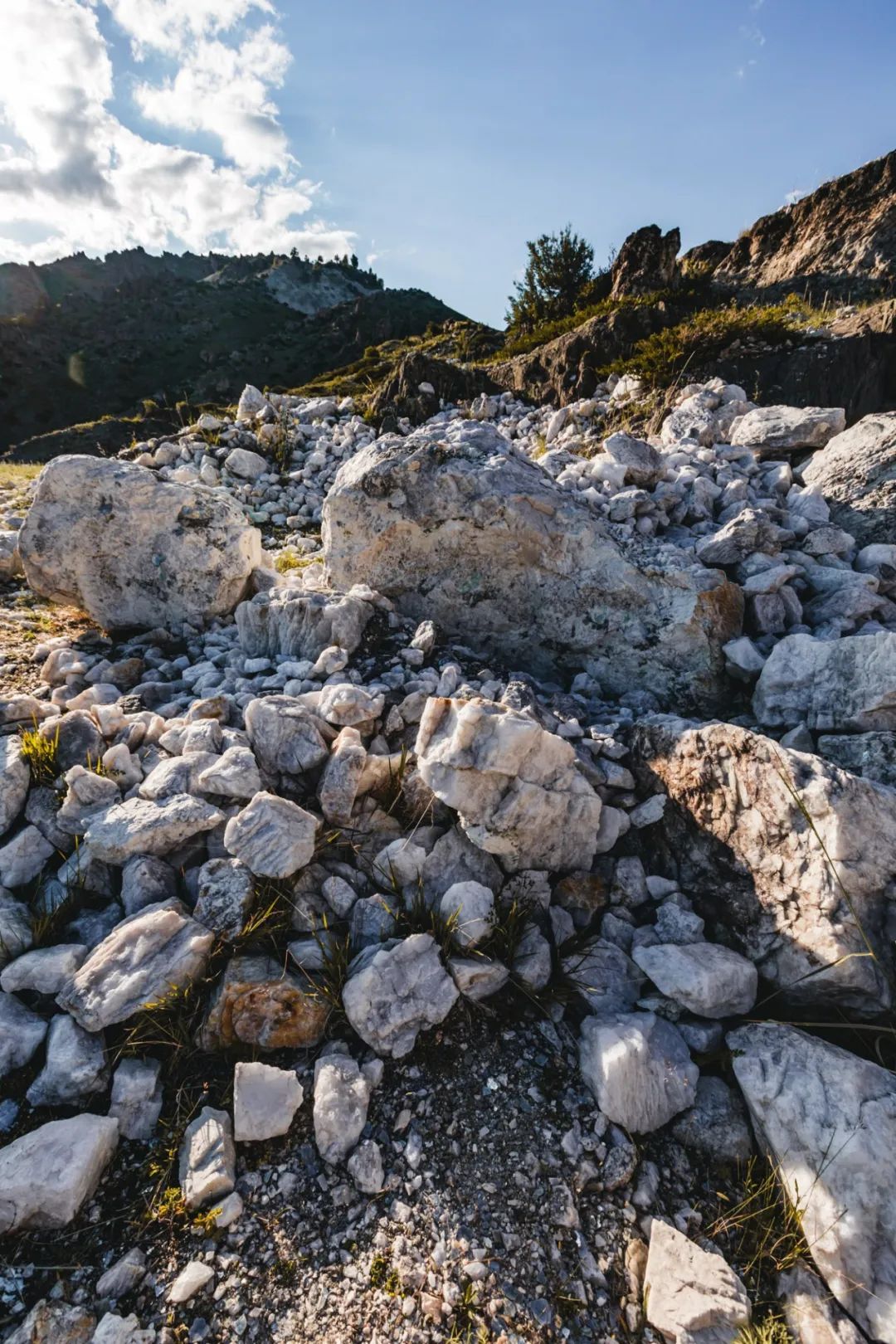
Mineral resources
Mineral resources, also known as mineral resources, refers to the formation of geological mineralisation, naturally endowed in the earth's crust or buried in the ground or exposed on the surface, solid, liquid or gaseous, and has the value of development and use of minerals or useful elements of the aggregate.
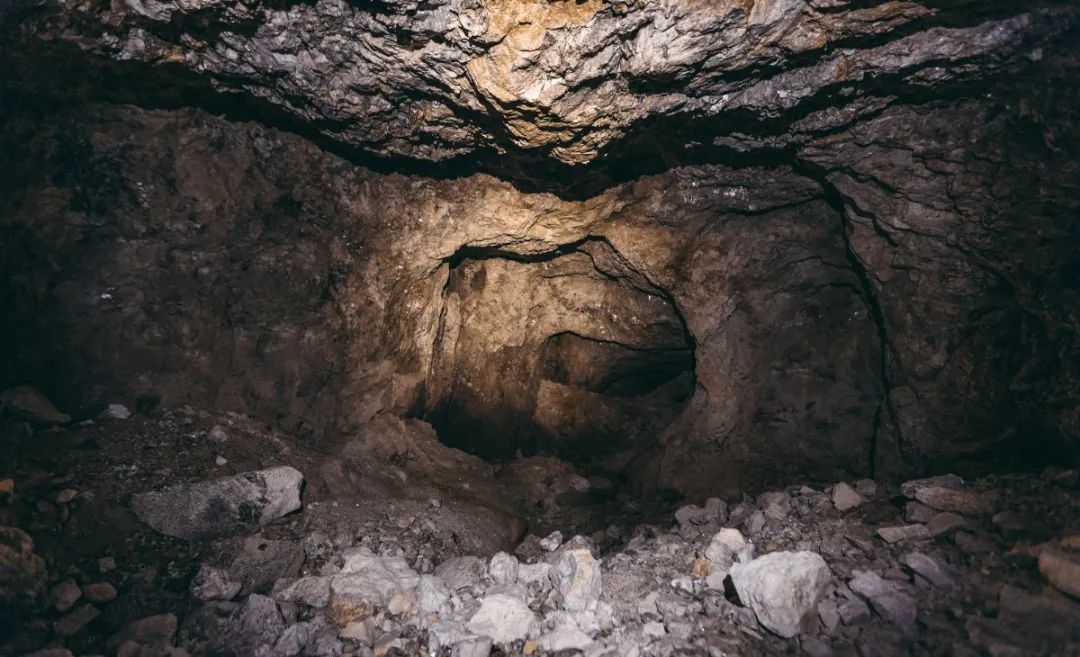
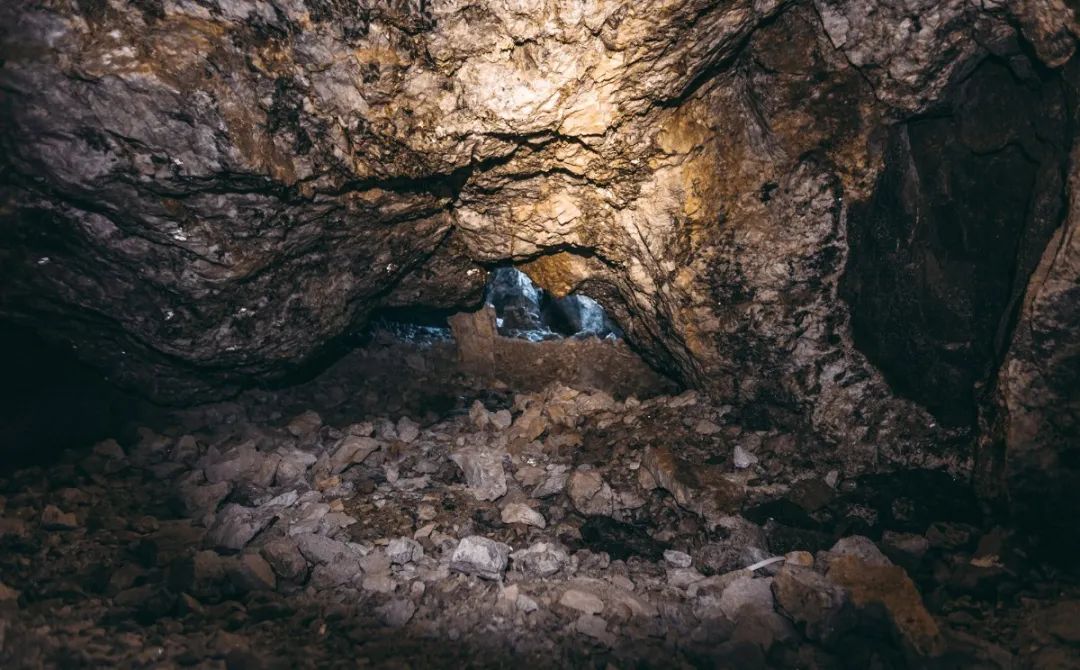
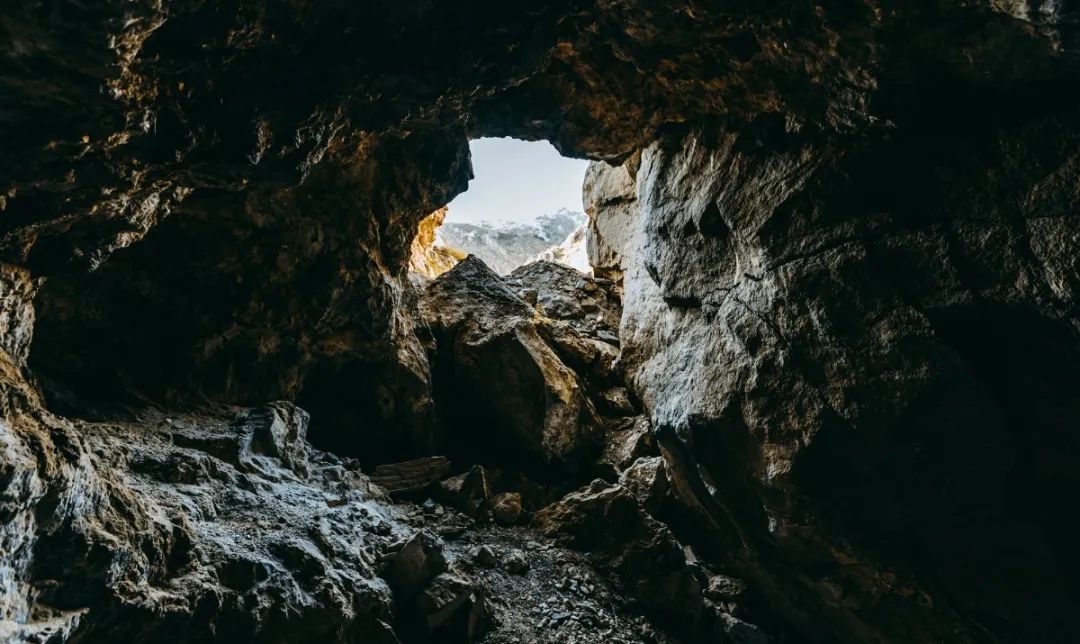
Of the solid minerals, the vast majority are crystalline, and only a very small number are amorphous. Natural monomers or compounds from celestial bodies other than the Earth are called cosmic minerals. Certain monomers or compounds obtained by artificial means that are identical or analogous to natural minerals are known as synthetic minerals, such as synthetic gemstones. Mineral raw materials and mineral materials are extremely important types of natural resources, widely used in various sectors of industry, agriculture and science and technology. The chemical composition of coal is very unstable is not a mineral, is a typical mixture.
